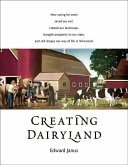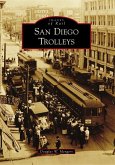In 1835, cousins Joaquin Moraga and Juan Bernal were granted 13,326 acres in present-day Lamorinda, California, in grateful thanks to their ancestor, Lt. José Joaquin Moraga, second in command during Mexico's 1776 Anza Expedition. By 1850, California had become America's 31st state, and squatters were overrunning the property. Within 34 years of receiving its land grant, the family had lost everything. But the house that Moraga built still remains--the oldest surviving adobe in the county. Over the years, land was bought and sold, fortunes made and lost, and a railroad, intended to go all the way from Emeryville to Utah, ran out of steam when it reached Orinda. Families, long gone now, gave their names to familiar landmarks, but it was not until the 1920s, when E.I. de Laveaga laid down the blueprint for this jewel in the East Bay's crown, that Orinda truly began to take shape. One hundred years later, Orinda, home to over 20,000 people within 13 square miles, has become the 299th largest city in California.
Hinweis: Dieser Artikel kann nur an eine deutsche Lieferadresse ausgeliefert werden.
Hinweis: Dieser Artikel kann nur an eine deutsche Lieferadresse ausgeliefert werden.








